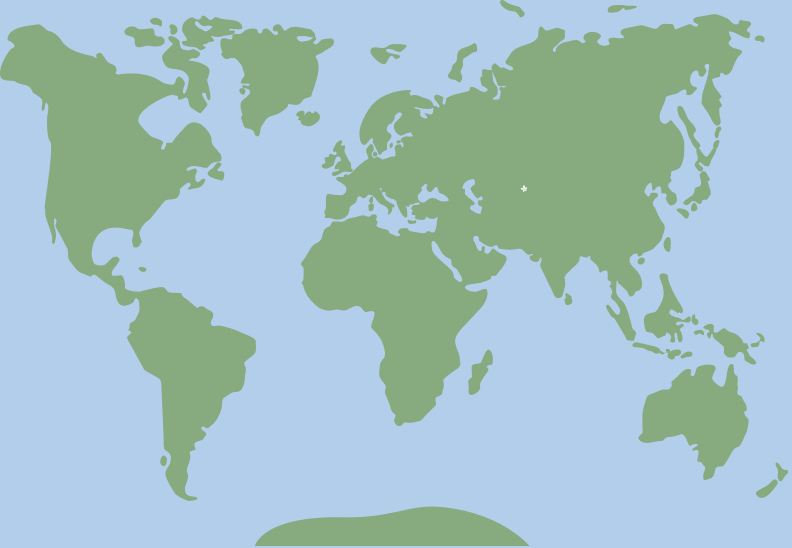Murcia, Spain
Teatro de Romea
This resilient theater has weathered two destructive fires, and continues to be one of the most important cultural centers throughout Spain.
Prague, Czech Republic | C.1891
A hot-pink confection of Bohemian Neo-Renaissance style, the Hotel Opera stands in the less touristy Nové Město, or “New Town,” quarter of storied Prague. It is a five-minute walk from historic Old Town—an apt reflection of Prague’s nonlinear relationship to time. This romantic city is a unique meeting ground for old and new, historic and modern. Miraculously preserved buildings established in the fourteenth century are squeezed beside ultramodern constructions, like a Frank Gehry–designed glass building that resembles a dancing couple. And yet nothing feels out of place in this enchanted, haunted city—including the bright pink Hotel Opera… which is not particularly near the Opera.
Much closer is Wenceslas Square, the nerve center of some of the most significant shifts in modern European history. History emanates from this square, which locals and tourists still flock to for people watching, protests, and parties. Using the square and the Hotel Opera, one can trace some of the major pivot points of extreme change in this extraordinary capital city:
“He who is master of Bohemia is master of Europe,” Bismarck said. Riding on this theory, the United States, France, Britain, and other allies helped create Czechoslovakia, carving it out of the losing side in World War I. In 1918, just months before the new democratic nation had its independence declared in Wenceslas Square, the Hotel Opera was purchased by Karel Češka, a man bolstered by optimistic ambitions of creating a lasting, family-run establishment.
During World War II, the Nazis invaded Czechoslovakia and remained there until the Russians drove them out of Prague in 1945. Soon after, without Karel’s consent or compensation, the Hotel Opera was nationalized by the Communist regime and the building sat unused and ignored for decades of Prague’s most dramatic transformations.
The Prague Spring reforms initiated by Alexander Dubček in 1968 proved to be an all-too-brief span of political liberalization. During this time, independent thought and expression were given room to blossom in politics, literature, and film, inspiring a burst of creativity from the likes of authors Václav Havel and Milan Kundera. This freedom was short- lived, lasting from January until August, when Soviet tanks rumbled onto Prague’s cobblestone streets and through Wenceslas Square, as 250,000 Warsaw Pact troops ruthlessly invaded Czechoslovakia, putting a halt to its forward-thinking reforms and shutting down its span of artistic prosperity.
In 1989, twenty-one years after being invaded, hundreds of thousands of people held an escalating series of demonstrations in Wenceslas Square, leading to a nonviolent transfer of power known as the Velvet Revolution, engineered by dissidents but triggered by a student protest. Within a matter of weeks, the voices of the people of Prague successfully brought about the end of Communism and the Cold War in Czechoslovakia. Following such high levels of drama, this beautiful (albeit ultimately divided) nation had to redefine itself in the wake of decades of being held in a cage.
After the Iron Curtain collapsed, the Hotel Opera was returned to the Češka family. Decades of neglect had left it in such a state that it demanded years of extensive renovations, which were executed faith- fully by Karel’s descendants, fulfilling his dream of a family-run hotel, held over generations.
Today, it runs again, in all its pink glory. A day of seeing the sights and reckoning with the beauty and history boasted by this “city of a thousand spires” would exhaust even the most eager visitor. One could do far worse to close a day than by stopping by the bar at the Hotel Opera to sample a cold pint of world-famous Czech beer.
 50.092011, 14.436394
50.092011, 14.436394
Max file size is 40MB. JPEGs are preferred.
You do not have permission to view this form.Need an account? Sign up
This site is protected by reCAPTCHA and the Google Privacy Policy and Terms of Service apply.
Know more? Share with the community!
Submit Your ImageLogin/Sign Up.